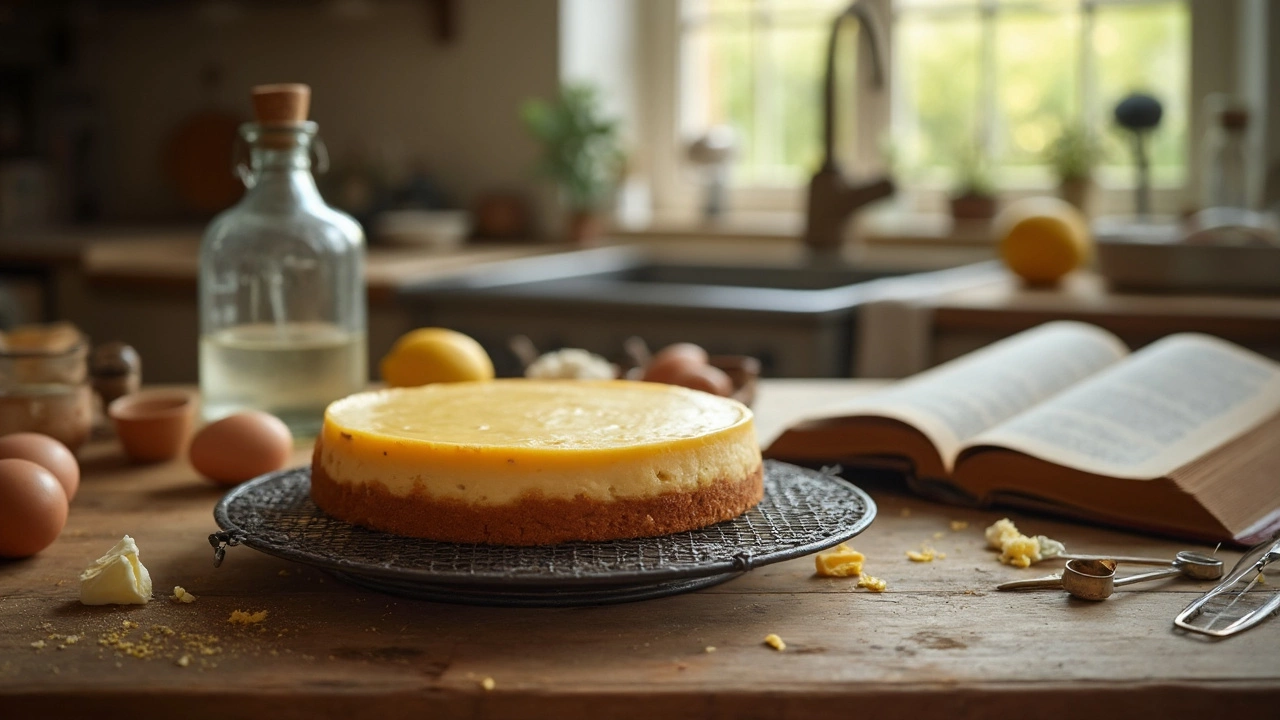
Mention vinegar in a cheesecake recipe and you’ll get some raised eyebrows. Wait—vinegar, in dessert? It sounds weird, but there’s actually a solid reason it’s there. Vinegar isn’t about making things taste sour. Its real superpower is helping cream cheese blend smoothly with other ingredients and keeping the final cake from turning dense or chalky.
If you’ve ever had cheesecake that tasted off or seemed heavy, it probably needed a little acidity. Vinegar brings just enough tang to wake up the sweetness, making flavors stand out without anyone being able to guess the secret. Plus, a touch of acid helps tenderize proteins in the eggs and cheese, so you get that dreamy, silky-smooth texture everyone loves.
It’s a tiny addition with a big impact—no, your cake won’t smell like salad dressing. The right amount is almost undetectable once baked, but you’ll notice your cheesecake is just that much better. If you’re after a classic New York-style or even a no-bake version, don’t skip the vinegar. It’s the kind of small tweak that makes you feel like a pro, even if your main kitchen helpers are your kids playing sous chef. And if your family’s anything like mine, there’s always someone ready to lick the bowl and ask for seconds…
- What Vinegar Does In Cheesecake
- Choosing the Right Vinegar
- Getting the Balance Right: Tips and Tricks
- Common Questions About Vinegar in Cheesecake
What Vinegar Does In Cheesecake
The whole idea of putting vinegar in a cheesecake recipe usually catches people off guard. But this isn’t some old-school prank—it’s science at work. Vinegar adds just the right acidity, which actually does a lot more than you’d expect for both taste and texture.
The main role of vinegar is to balance flavors. Cheesecake is rich, thick, and sweet. Without a bit of acid, it can taste flat or overly heavy. A tiny amount of vinegar brightens up those flavors, cutting through the richness so one bite never feels like too much. No one wants to put in all that effort and end up with a blocky, bland dessert.
There’s another reason vinegar is a baker’s buddy here: it helps with texture. Cheesecake relies on eggs and cream cheese for structure. When you add an acid like vinegar, it gently loosens up the protein bonds from eggs and dairy. This means the finished cheesecake bakes up creamier and lighter—no chalky mouth-feel, and definitely no weird eggy lumps.
Even big-name bakeries do this. For example, Junior’s in Brooklyn (famous for their cheesecake) add a splash of vinegar to their batter because it helps create that “just set” but not rubbery feel everybody raves about. If you need numbers, it’s usually as little as half a teaspoon for a standard recipe. It won’t turn your mixture sour, and you won’t even notice it’s in there—except when your cake comes out perfect.
| Effect of Vinegar | Benefit |
|---|---|
| Boosts acidity | Makes flavors taste brighter, not flat. |
| Alters protein structure | Results in smoother, creamier texture. |
| Reduces risk of cracks | Helps the cheesecake set without breaking apart. |
| Balances sweetness | Keeps each bite from tasting too heavy or cloying. |
It’s basically all about bringing everything into balance without anyone noticing. If your cheesecakes have been missing something you can’t put your finger on, a little vinegar could be all it needs.
Choosing the Right Vinegar
Not all vinegars get along with cheesecake. When it comes to baking, the type you use can totally change both taste and texture. The main tip here? Stick with something mild and colorless so your filling stays looking and tasting just right.
- Distilled white vinegar is hands-down the safest pick. It’s clear, super neutral, and won’t compete with the creamy flavor. Most bakers use this one since you only need a teaspoon or so—just enough for science to work its magic without messing with taste.
- If you want things a touch fancier, try apple cider vinegar. It brings a light tang and a little fruitiness. Honestly, unless you’re using lots, people can’t really tell. Just remember: cider vinegar’s pale color is still fine for basic or fruity cheesecakes, but it could tint a pure white New York-style version.
- Some folks experiment with lemon juice for a natural acid source. It’s great if you’re short on vinegar or want a citrusy zing that pairs with berries or lemon zest in the mix.
I wouldn’t mess with red wine, balsamic, or malt vinegar. They’re strong, smell weird when baked, and can turn your batter a funny shade.
Here’s a quick cheat sheet on what works best for cheesecake:
| Type of Vinegar | Flavor Impact | Color | Good For |
|---|---|---|---|
| Distilled White | None | Clear | All cheesecakes |
| Apple Cider | Mild, fruity | Pale gold | Berry, apple, or caramel cheesecakes |
| Lemon Juice | Citrusy | Clear/yellow | Lemon or berry cheesecakes |
| Balsamic | Strong, sweet | Dark brown | Not recommended |
Keep it simple and you won’t risk weird aftertastes or odd colors. Using the right kind of vinegar really is the small detail that sets apart a homemade cheesecake from the rest.

Getting the Balance Right: Tips and Tricks
So how do you actually use vinegar in cheesecake without going overboard? It’s all about using the right amount—just enough to lift the flavor and help the structure, not enough to turn your dessert into a science experiment. For most classic cheesecakes, a teaspoon of white vinegar or apple cider vinegar per standard 8 or 9-inch cake is the sweet spot.
Here are some practical tips for nailing that balance:
- Start Small: Always stick to about 1 teaspoon per recipe. Too much acid, and you’ll start to taste it—and not in a good way.
- Mix Thoroughly: Make sure you whisk the vinegar in with the eggs or cream cheese before adding the rest of the ingredients. This spreads the acidity evenly, helping to create a smooth filling.
- Pair with Fresh Lemon Juice: Some bakers use half vinegar and half lemon juice for a rounder flavor. It’s totally fine—just don’t double up the total acid.
- Don’t Swap in Strong Vinegars: Skip balsamic, red wine, or flavored vinegars. Stick with vinegar types like distilled white or mild apple cider for best results.
- Taste the Batter: Before adding eggs, just dip a spoon and check the balance. If it tastes slightly tangy but not sharp, you’re good.
It’s easy to think more vinegar means a lighter cake, but really, chemistry does the work for you with that one teaspoon. That’s enough to subtly react with baking soda (if your recipe uses it), helping the cake rise evenly and avoid cracks.
Let’s break it down with some real measurements and results:
| Amount of Vinegar | Texture Result | Flavor Impact |
|---|---|---|
| 1/2 teaspoon | Creamy, slightly less lift | Very mild, faint tang |
| 1 teaspoon | Silky, classic structure | Balanced, flavors pop |
| 2 teaspoons | Curdled, too loose | Tang becomes obvious |
My daughter Tamsin once tried to "help" by pouring in extra vinegar. Let’s just say nobody in the house touched that batch! Stick to the right dose and your cheesecake will come out lush and crowd-pleasing every time.
Common Questions About Vinegar in Cheesecake
People have a bunch of questions when it comes to putting vinegar in cheesecake. Let’s tackle the big ones so you know exactly what’s going on, why vinegar is used, and how to handle it like a pro.
Do I really need to add vinegar to my cheesecake? No rule says you must, but even professional bakers add a splash because it helps balance out the sweetness and heightens the flavor. It’s a game-changer for that unmistakable creamy tang. According to chef Stella Parks from Serious Eats:
“A little acid—like vinegar or lemon juice—stabilizes the cheese and eggs, so your cheesecake sets up creamy every single time.”
What’s the best type of vinegar for cheesecake? Most recipes call for plain white vinegar because it’s neutral and won’t mess with the taste or color. If you want to experiment, apple cider vinegar can work, but keep it mild. Stay away from balsamic or anything dark—nobody wants beige swirls!
Will my cake taste or smell like vinegar? Not if you keep it to a teaspoon or less for a standard 9-inch cake. The heat during baking mellows it out, so you get the benefits without the tang. The real difference is in the texture—silky and light.
Can I substitute lemon juice? Yep, lemon juice is an old-school swap if you’d rather not use vinegar. Just trade tablespoon for tablespoon. But vinegar is the tried-and-true secret for a classic cheesecake flavor.
Here’s a quick look at typical amounts found in popular recipes:
| Recipe Source | Vinegar Type | Amount Used |
|---|---|---|
| New York Style (King Arthur) | White | 1 tsp |
| AllRecipes Classic | White | 2 tsp |
| Epicurious | Lemon juice (swap) | 1 tbsp |
- Never use more vinegar than the recipe calls for—too much will overpower the cake.
- If your recipe has no vinegar, you can usually add 0.5–1 teaspoon white vinegar per 8oz cream cheese for better results.
- Not a vinegar fan? Try buttermilk as a swap—still gets you that bit of acidity.
Getting the acid balance just right makes all the difference—think of it as your cheesecake’s insurance policy against disaster. It’s that simple sneak of vinegar that often separates the okay cheesecakes from the unforgettable ones people can’t stop talking about.


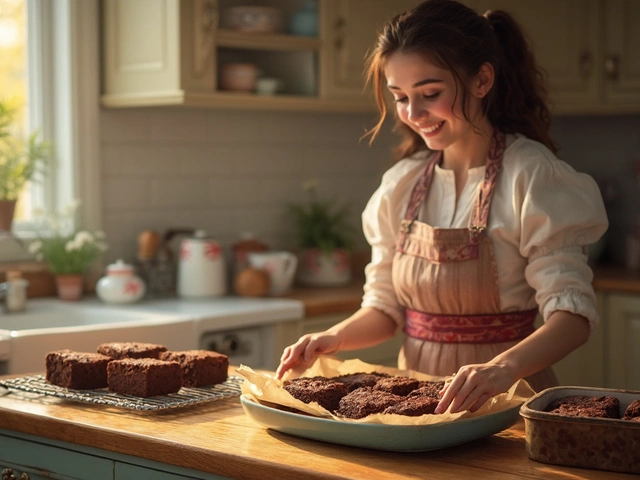
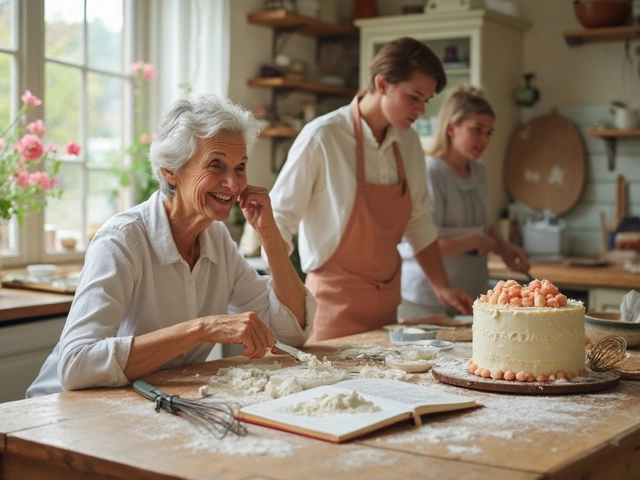

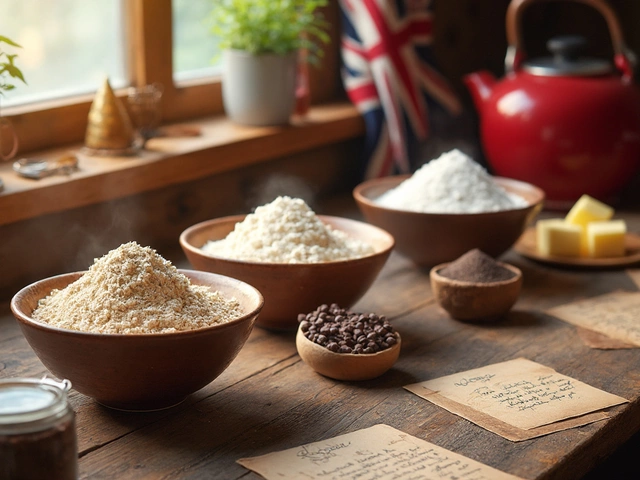

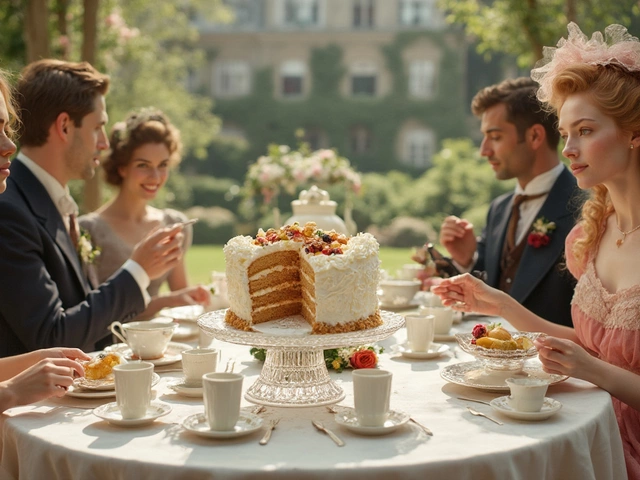
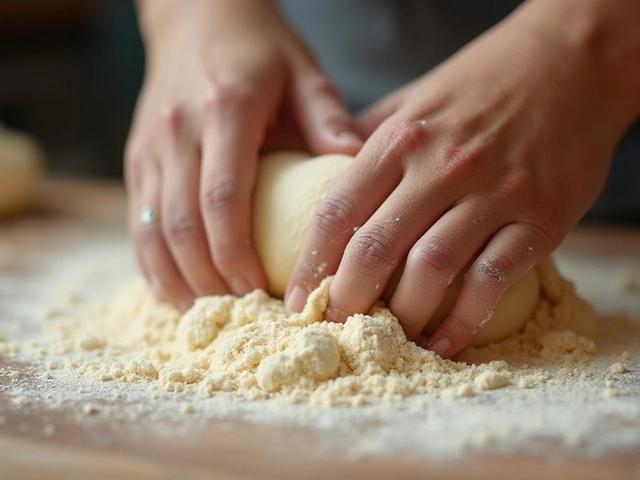
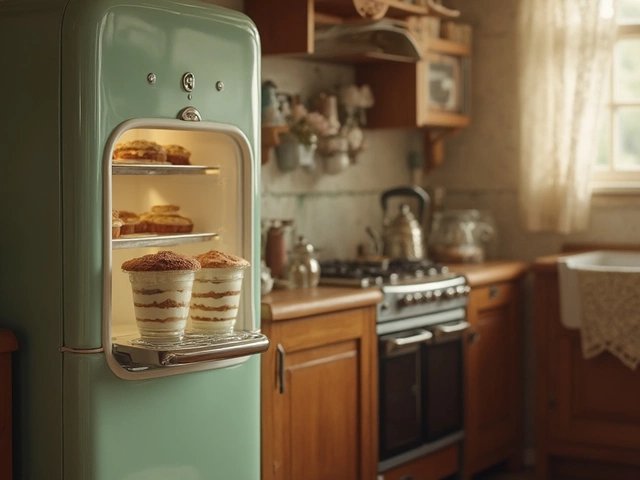

Write a comment